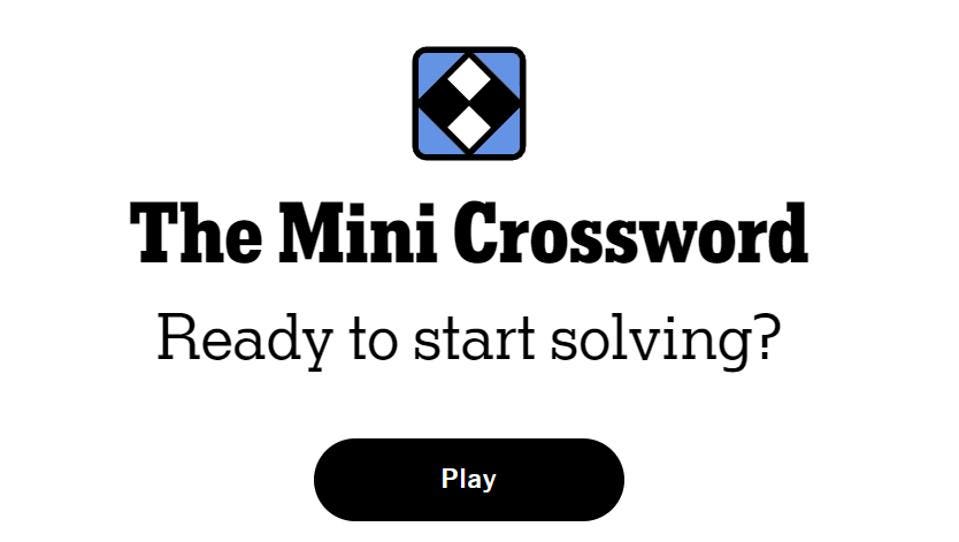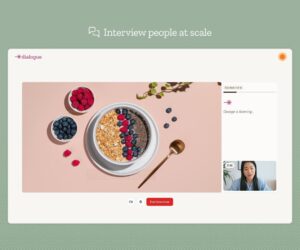Ross Meyercord, CEO of Propel Software.
Fueled by convenience, fashion, size and technical innovation, medical devices have evolved from clinical settings to daily consumer use. Today’s highly personalized devices are being embedded into everyday items like watches, rings and toothbrushes, upending an age-old industry.
This evolution into mainstream product use opens the door for consumers to have a powerful voice in the product designer’s ear for building future enhancements. While the full impact of this shift remains to be seen, savvy manufacturers are seizing the opportunity to incorporate this feedback into product development to retain existing customers and capture new ones.
To dive further into the increased influence consumers are having on today’s medical devices, Propel conducted a survey of 2,000 U.S. consumers. Twenty-eight percent reported that “they’ve had a personal medical device alert them to a pending health issue,” previously undiagnosed. Among those, “84% found the data ‘extremely’ or ‘very’ valuable” and 76% received a successful diagnosis after consulting a doctor.
As a software provider to many early-stage medical device companies, we see firsthand how personalization and convenience can drive product innovation. Consumers want to monitor their health from the comfort of their living room, not the doctor’s waiting room—and manufacturers are taking note.
Devices once considered ancillary, like fitness trackers, electric toothbrushes or baby monitors, have been elevated to critical tools used for health monitoring and management. With 80% of respondents owning at least one of these tools, the line between consumer wearables and electronics to medical devices is quickly beginning to blur.
Product Companies Iterating Through Consumer Insights
As the medical device industry transitions to a highly consumer-driven marketplace, incorporating user feedback into new product development has never been more critical. Once exclusively focused on hardware design, medical device companies today are expanding their thinking to incorporate consumer requests into software updates that refine functionality and introduce new features. These aspects are quickly becoming equally (if not more) important than the hardware device itself.
Consumers are increasingly willing to pay a premium for connected medical devices that offer enhanced features and long-term health benefits, particularly when these solutions outperform legacy options. This growing demand encourages device manufacturers to explore evolving business models, including service-based approaches.
One such model pairs connected devices with subscription-based services that deliver real-time health data to providers while keeping patients engaged in their own care. This approach is a natural progression in increasing the value proposition of medical technologies.
Companies in diabetes management, such as those offering continuous glucose monitoring systems or smart insulin pens, exemplify how subscription models can enhance clinical outcomes and drive sustained engagement. These models not only improve patient adherence and provider insight but also foster customer loyalty and more predictable revenue streams for manufacturers.
Another area where consumers are flexing their voice is where and how they choose to share their personal health data. Confidential data, once heavily gated, is becoming more commonly explored between consumers/patients and their healthcare professionals. Companies that can provide seamless, secure data-sharing can work toward enhancing consumer confidence while opening doors to new partnerships across the healthcare landscape.
This explosion of personal healthcare is creating opportunities for analytics platforms, cybersecurity firms and cloud providers. As medical devices like wearables continue to grow in popularity, so does the need for robust systems to manage, protect and leverage their personalized data effectively.
Leveraging Opportunities For Medical Device Success
The rise of personal medical devices represents both a challenge and an opportunity. Manufacturers must meet rapidly evolving consumer expectations and navigate the competitive pressures of a market that is no longer limited to traditional players or usage. They should ask themselves:
• Can we deliver remote product updates where and when consumers want them?
• What subscription-based accessories or services could we offer?
• How can we proactively alert consumers to unforeseen product issues like recalls?
Success lies in understanding consumer needs as well as monitoring and leveraging new trends to create the right products, heighten consumer engagement and unlock new revenue streams.
To succeed, manufacturers should invest in direct consumer feedback loops such as usage data and support interactions to understand real-world behaviors and unmet needs. Cross-functional collaboration between product, engineering, marketing and service teams ensures that insights turn into actionable design and feature decisions. Additionally, building flexible, cloud-connected product architectures enables rapid deployment of updates and personalized experiences.
As consumers continue to reshape the medical device industry, companies that embrace user-centric innovation and prioritize seamless integration of feedback can position themselves to deliver smarter, more personalized solutions, paving the way for a healthier, more connected future.
In this new era of personal health care, the devices on our wrists are more than fashion accessories; they’re the future of wellness.
Forbes Technology Council is an invitation-only community for world-class CIOs, CTOs and technology executives. Do I qualify?







